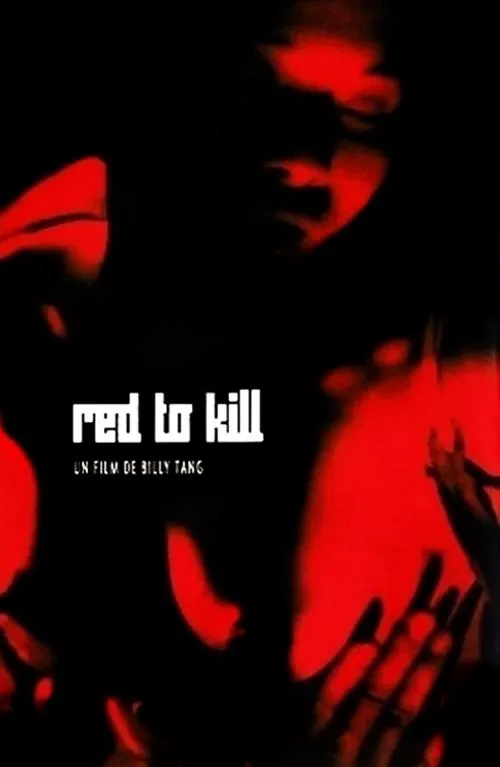Red to Kill

Plot
In the tense and gripping thriller, Red to Kill, the world of a social worker is turned upside down when a heinous crime is committed under the guise of a misunderstanding. The story revolves around a young girl with a mental disability, who finds herself the unfortunate victim of a serial rapist. The twist in this stomach-churning tale is that the rapist's actions are triggered by an innocuous dress worn by the girl - a vibrant red dress, which seems to have been an innocent choice of clothing. As the girl's social worker discovers the barbaric crime, anger and a thirst for justice ignite her spirit. The normally calm and collected individual is shaken to her core by the cruelty inflicted upon her ward, and she becomes resolved to take revenge on the creature responsible for the atrocity. It is an all-consuming desire that drives her to track down the rapist, even in the face of seemingly insurmountable obstacles. As the plot unfolds, we are introduced to a complex web of motivations and consequences that surround the assault. The main antagonist, the serial rapist, seems to be operating under the mistaken impression that the girl's red dress is some sort of provocative statement or even an invitation. His twisted view of the world has led him to perceive this young woman as some sort of willing participant in his twisted game of cat and mouse. But as the social worker digs deeper into the psyche of the perpetrator, she begins to uncover a litany of similar offenses committed by the rapist in the past. The sheer number of victims, combined with the utter lack of remorse or empathy displayed by the perpetrator, only serves to fuel the social worker's determination to bring him to justice. The movie masterfully ratchets up the tension, expertly pitting the social worker against her nemesis in a game of psychological warfare. With her eyes set firmly on the rapist, she faces numerous challenges, including law enforcement officials who may not share her level of outrage, and the weight of personal and professional consequences for her actions. However, what drives the narrative forward is not just the social worker's quest for vengeance but also the human story that underpins it. We learn about the girl's life, her struggles, and her happiness, all of which serve to heighten our perception of the tragedy that befell her. The true strength of Red to Kill, however, lies in its unapologetic portrayal of the darker aspects of human nature. There are no easy answers here, no convenient villains or heroic protagonists. Instead, we are confronted with a messy, complex world where good and evil coexist, and the concept of justice can quickly become severely compromised. Ultimately, the film serves as a thought-provoking commentary on the morality of revenge and the lines that separate it from true justice. Red to Kill presents a gripping exploration of human emotion, motivations, and behavior, challenging the viewer to confront the realities of such an unspeakable crime and question what we would do if we found ourselves in the shoes of the wronged individual. While the narrative may not provide any definitive answers or closure, it captures the raw emotions of the characters with undeniable authenticity, ensuring a visceral viewing experience that lingers long after the credits roll. As a searing indictment of a twisted world that tolerates, even excuses, heinous crimes, Red to Kill stays true to its title – evoking the red of rage, anger, and desire for vengeance in all who dare watch this harrowing, unflinching tale.
Reviews
Recommendations




